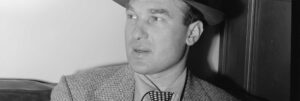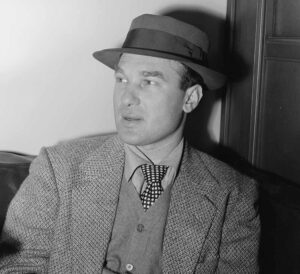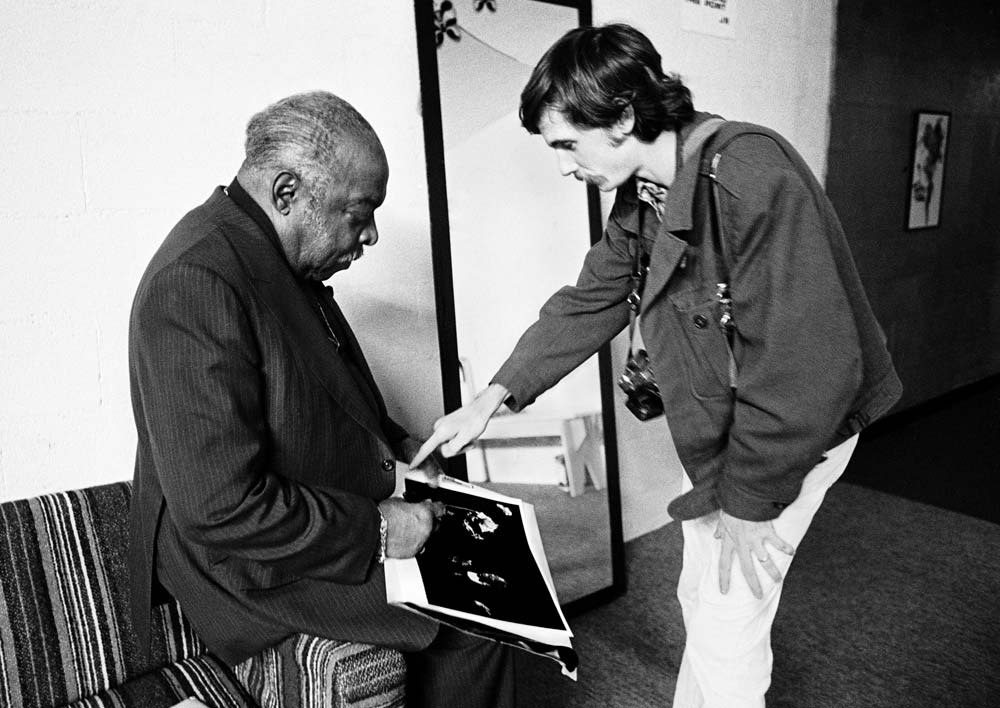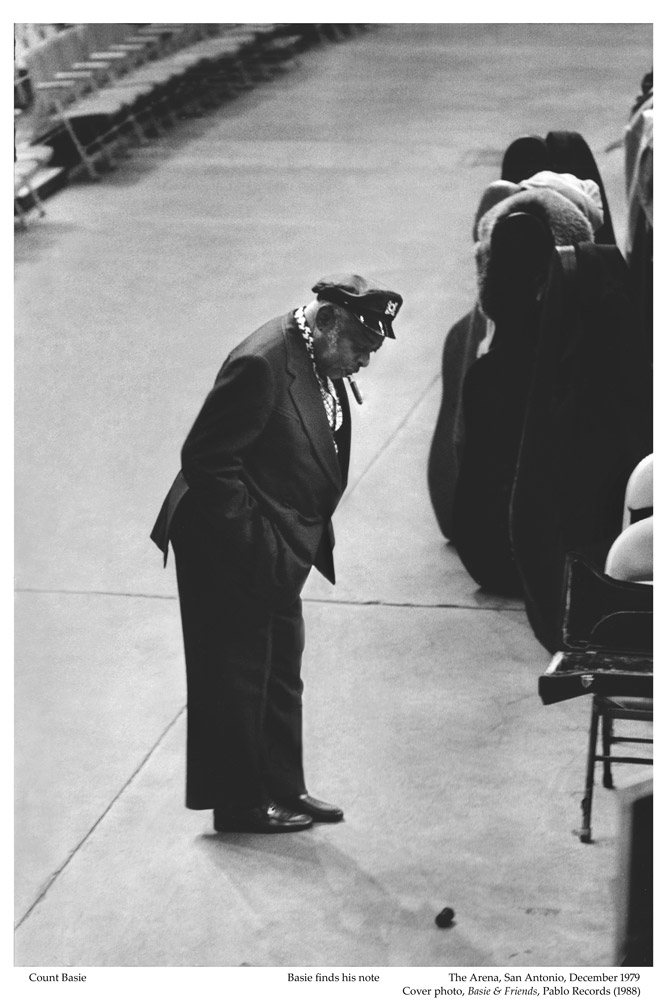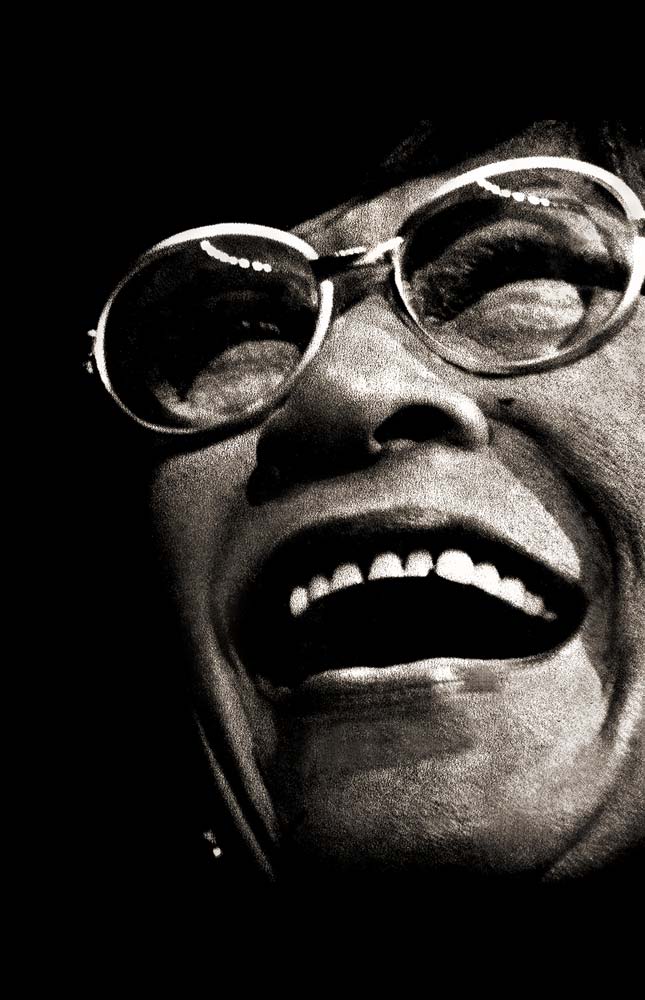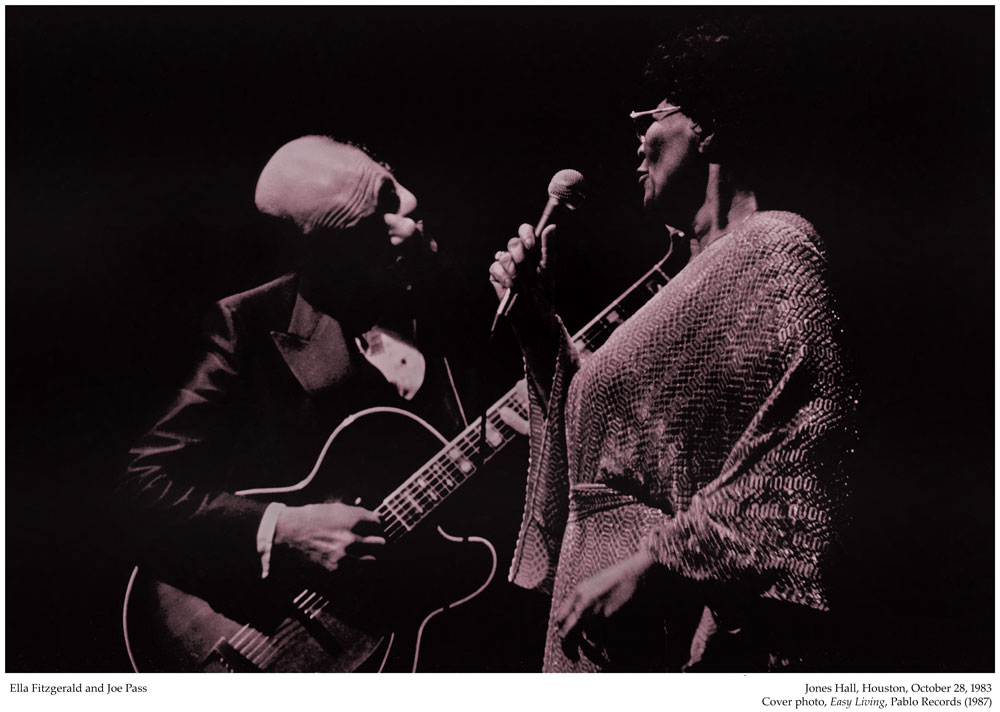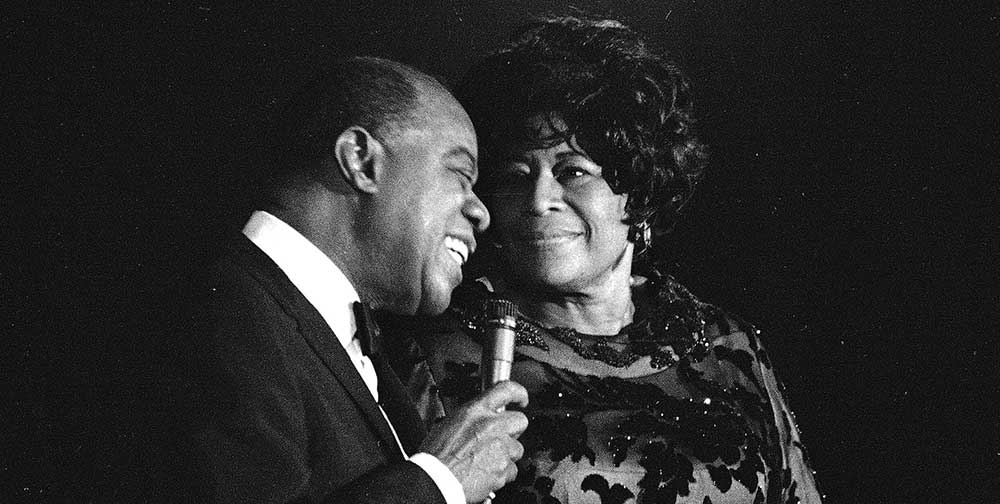Tad Hershorn, 70, is Granz’s official biographer and the author of ‘Norman Granz: The Man Who Used Jazz for Justice,’ a meticulously detailed account of a man whose influence continues to shape the jazz landscape. Hershorn’s fascination with Granz began early in life. I caught up with him by phone from the U.S. and asked how his interest in Norman Granz began.
“My mother, who was an entertainment writer for the Dallas Morning News, started sending me Pablo Records—Norman’s label—in 1975,” he recalled. “I wrote critiques of the records under her column. I began photographing his artists, starting with a solo concert by Joe Pass at San Francisco’s Great American Music Hall in August 1976. In subsequent years, I took numerous pictures of Ella Fitzgerald, Oscar Peterson, Count Basie, Joe Pass, Clark Terry, and others. I also met him personally in Dallas in 1980, when he was in town preparing for Ella Fitzgerald’s two-week annual run at the hotel. I was hoping he’d use my photos as album covers—which he eventually did.”
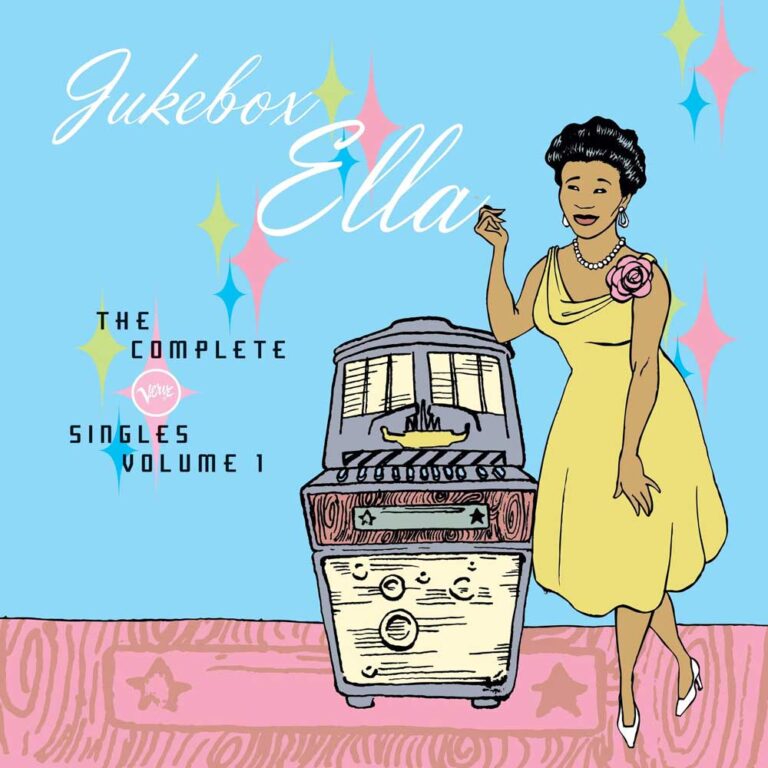
ELLA FITZGERALD Jukebox Ella: The Complete Verve Singles, Vol.1 3LP Box Set
Available to purchase from our US store.
ELLA FITZGERALD The Moment of Truth: Ella At The Coliseum
Available to purchase from our US store.What were his first impressions of Granz? “I could tell immediately that he was strictly business and could be quite abrupt. His raison d’être was fighting racial segregation in the United States, using jazz as his medium.”
That meeting launched Hershorn into a lifelong journey. After discovering that no one had ever written a comprehensive biography of Granz, he decided to take on the challenge. “In the 1990s, I went back to school and wrote a master’s thesis on Norman, which I sent to him. That piqued his interest—no one who had wanted to write about him had shown any real understanding of what he was about. I eventually became an archivist at the Institute of Jazz Studies at Rutgers University, which gave me the chance to pursue the dream. We began a series of conversations that lasted through the final five years of his life.”
Granz’s immersion in jazz began while he was a student at UCLA. “He would visit Black nightclubs in Los Angeles and began staging jam sessions where musicians could replicate what they did privately and compete with one another,” said Hershorn. “Norman viewed this as a kind of democratic ethos—it didn’t matter what colour your skin was, only how well you played.” Those jam sessions shaped his lifelong philosophy of jazz.
From the groundbreaking “Jazz at the Philharmonic” concert series (1944–1983), to managing Ella Fitzgerald, to championing artists like Count Basie and even Marlene Dietrich, Granz’s influence on music was immense. But his contributions weren’t limited to music—he was a fierce advocate for civil rights. He frequently forced venues to sign contracts stipulating non-segregated seating and was willing to lose money to uphold these principles.
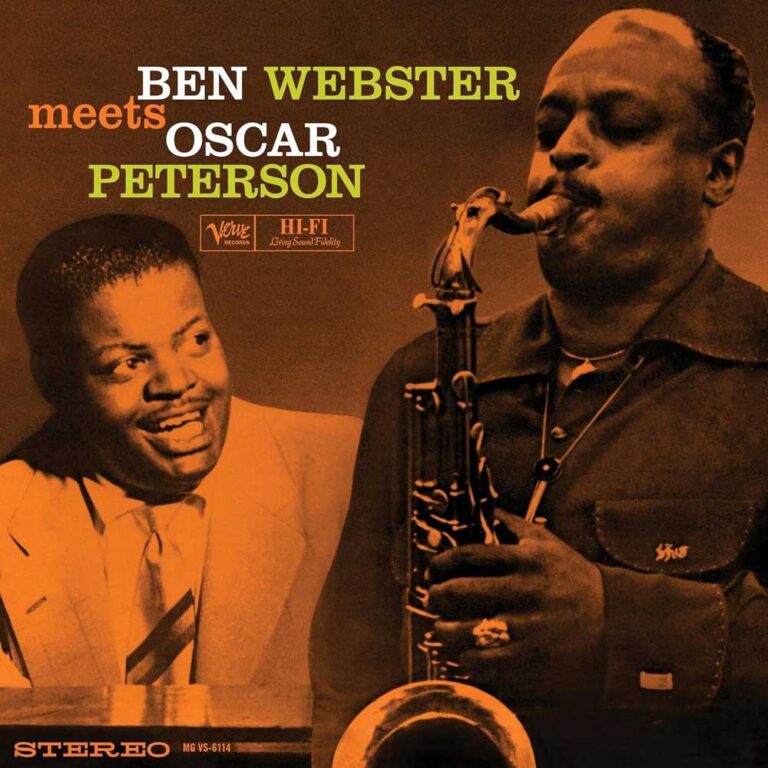
BEN WEBSTER Ben Webster Meets Oscar Peterson
Available to purchase from our US store.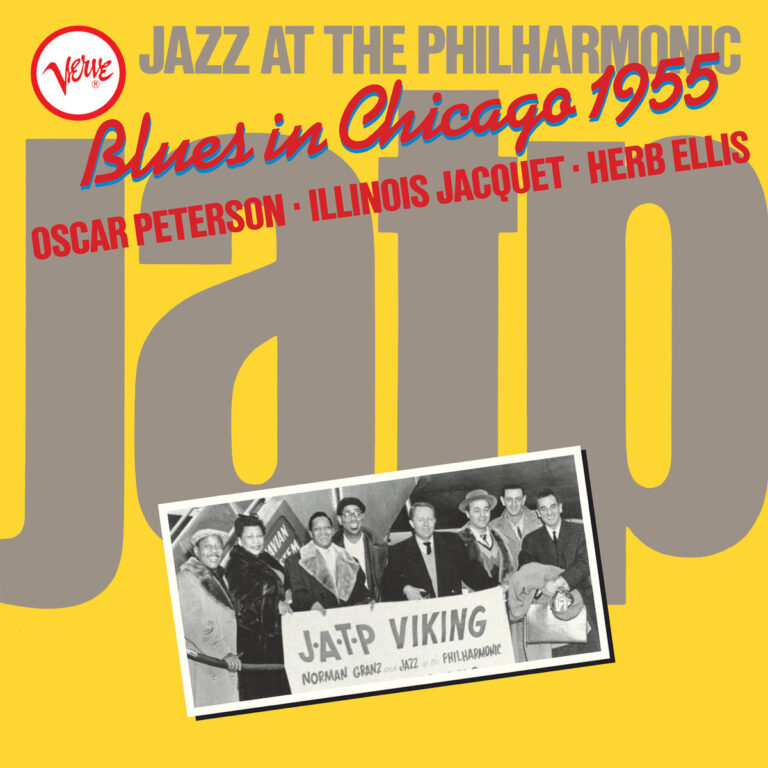
OSCAR PETERSON Blues in Chicago 1955
Available to purchase from our US store.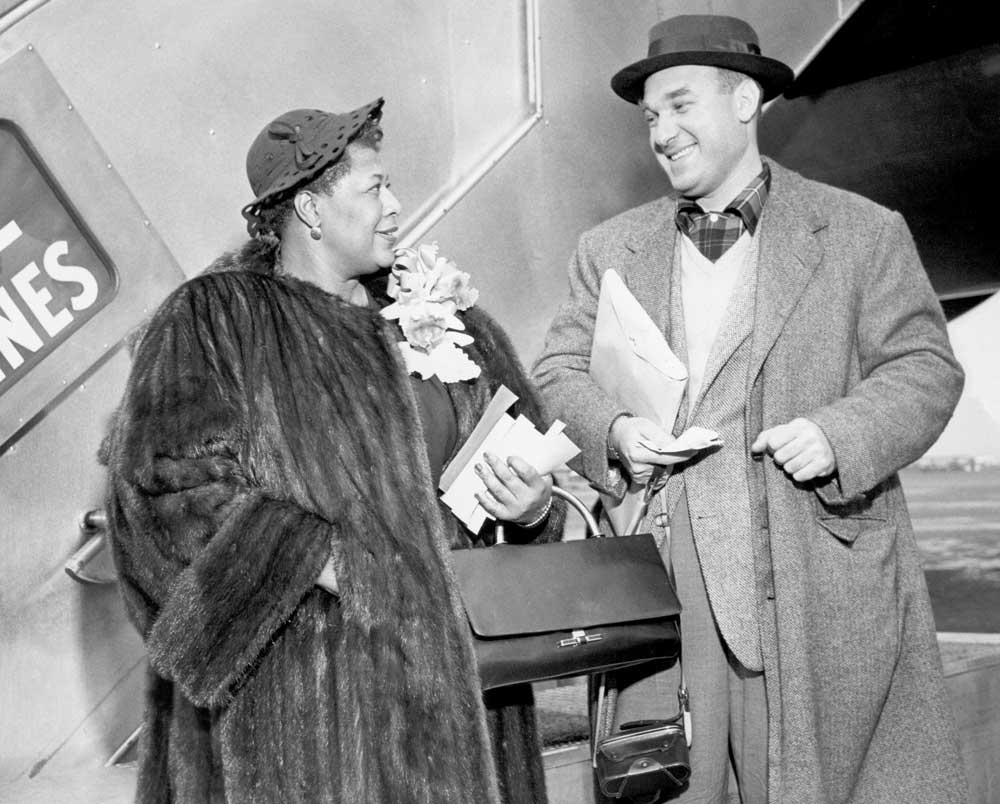
What motivated such conviction? “He was born in 1918, the son of Ukrainian Jewish immigrants,” said Hershorn. “I’d say he experienced some prejudice in his hometown of Los Angeles—possibly antisemitism. He started hanging out in African American nightclubs and briefly dated a Black dancer named Marie Bryant. Before taking her out, he’d call restaurants to ask, ‘Would you accept an interracial couple?’ If they didn’t, he wouldn’t go. He believed Los Angeles was one big Mississippi when it came to race.”
From early on, Granz demanded first-class pay, travel, accommodations, and recording opportunities for his artists. Trumpeter Harry “Sweets” Edison once recalled: “I got a call from Norman to perform at ‘Jazz at the Philharmonic’, and it was thrilling. I played with legends like Coleman Hawkins, Ella Fitzgerald, Ray Brown, and Buddy Rich. Granz gave us musicians a sense of pride and first-class treatment that I had never experienced before. If there was any discrimination at a venue, we simply walked away—no discussion. Money was never an issue; we always got paid.”
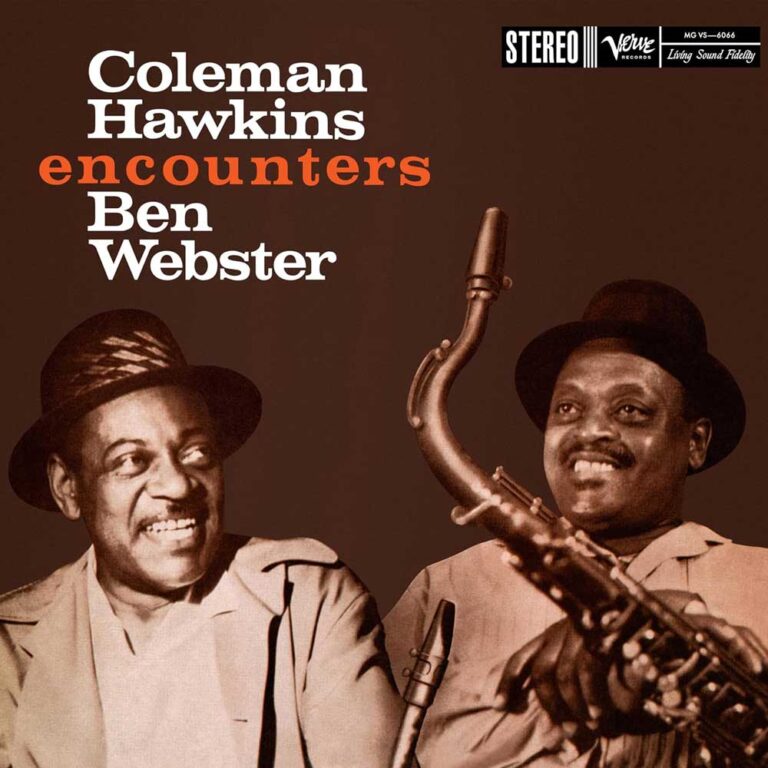
COLEMAN HAWKINS AND BEN WEBSTER Coleman Hawkins Encounters Ben Webster
Available to purchase from our US store.Hershorn’s biography reveals not only Granz’s work as a manager and producer, but also the camaraderie and antics on tour. He was famously protective of his artists, even willing to intervene physically. During a 1953 Jazz at the Philharmonic tour in Japan, drunken soldiers heckled Ella Fitzgerald with lewd catcalls during “Body and Soul.” According to Granz, the shouting frightened her. After the performance, he, Benny Carter, and Oscar Peterson confronted the men. “‘Are you the man who’s been shouting while Ella was singing?’ Granz asked. ‘Yes, f… you,’ came the reply. So Granz hit him twice, sending him flying into the curtains—earning applause from the audience.”
Granz’s legacy is staggering. “In 1944, he did his first show at the Philharmonic Auditorium in Los Angeles. Within a year, he launched a national tour. Two years later, they were doing two tours a year,” said Hershorn. “Imagine having a saxophone section that included Coleman Hawkins, Lester Young, and Charlie Parker! As Oscar Peterson once said, ‘It was like having your record collection come to town.’”
Recently, Hershorn donated his photos to the University of Texas archives. He had spent time backstage photographing artists such as Ella Fitzgerald and Count Basie, capturing intimate moments. What was Ella like? “She would sometimes get nervous. She’d wonder why anyone would want to spend time with her. Fame is odd because you’re recognised by many, but you have no idea who they are. I just stayed out of her way—I just wanted to document the artist and build up a body of work.”
Gallery images courtesy of Tad Hershorn. Click to enlarge.
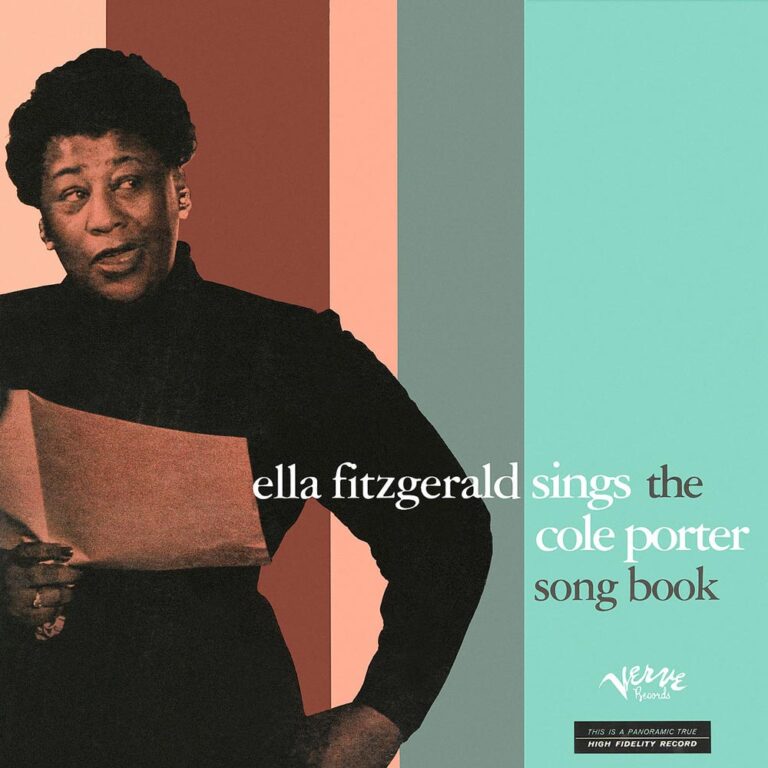
ELLA FITZGERALD The Very Best of the Cole Porter Songbook vol. 1 CD
Available to purchase from our US store.In 1956, Granz founded Verve Records, primarily as a vehicle for Ella Fitzgerald. He consolidated earlier recordings into what became his most prestigious label, launching a historic series of “songbook” albums beginning with Cole Porter. These recordings helped cement Fitzgerald’s place in the canon of American popular music. Incredibly, she and Granz never had a contract in their 40-year collaboration. “His attitude was that if things were going well, a contract was unnecessary,” said Hershorn.
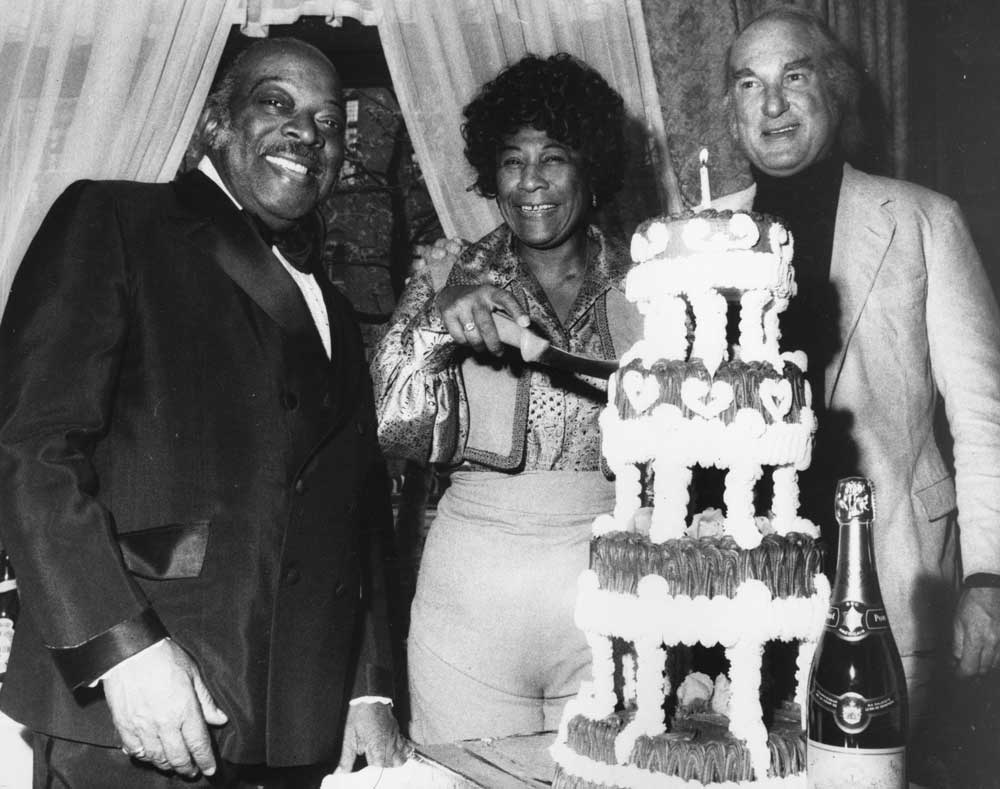
Granz’s output as a producer has been likened to the prolific nature of Franz Schubert. His catalogue includes definitive recordings of Oscar Peterson, Count Basie, Duke Ellington, Louis Armstrong, Charlie Parker, Dizzy Gillespie, Lester Young, Coleman Hawkins, Joe Pass, Ben Webster, Roy Eldridge, Buddy Rich, and many more. His Billie Holiday collection alone spans ten CDs.
He was also an intuitive producer, meeting artists where they were. “With Billie Holiday, he brought in musicians she was comfortable with, like pianist Jimmy Rowles and guitarist Barney Kessel,” said Hershorn. “She might rehearse one way, then have vocal problems the next day. Norman would adjust the band to suit her. No one else would’ve done it.”
Choosing a selection of highlights from Granz’s catalogue feels impossible. Nevertheless, albums like “April in Paris” (Count Basie), “Ella & Louis” (1956), “Ella at the Hollywood Bowl: The Irving Berlin Songbook”, “Oscar Peterson: Blues in Chicago”, and “Songs for Distingué Lovers” (Billie Holiday) truly stand out. What would jazz look like without Granz or Verve? “Well,” said Hershorn, “the one thing about Verve and his earlier labels is that Jazz at the Philharmonic gave him the financial freedom to record as much and as often as he wished. Some complain—‘how many Oscar Peterson records do you need?’ or ‘how many Ella records?’ Norman’s attitude was: I wish I could’ve recorded more. He was his own boss, and no one else in the record business had that level of autonomy.”
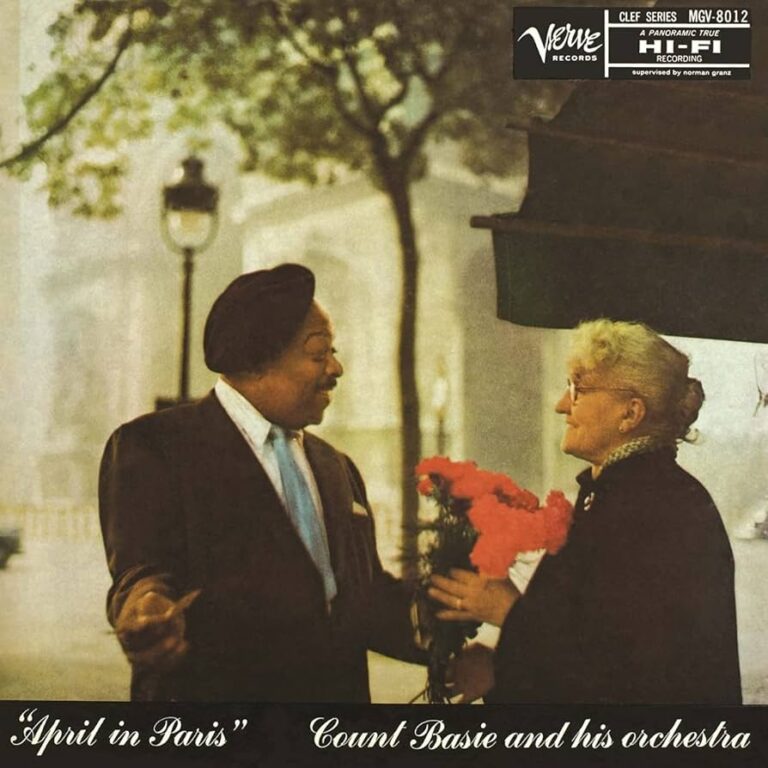
COUNT BASIE April in Paris
Available to purchase from our US store.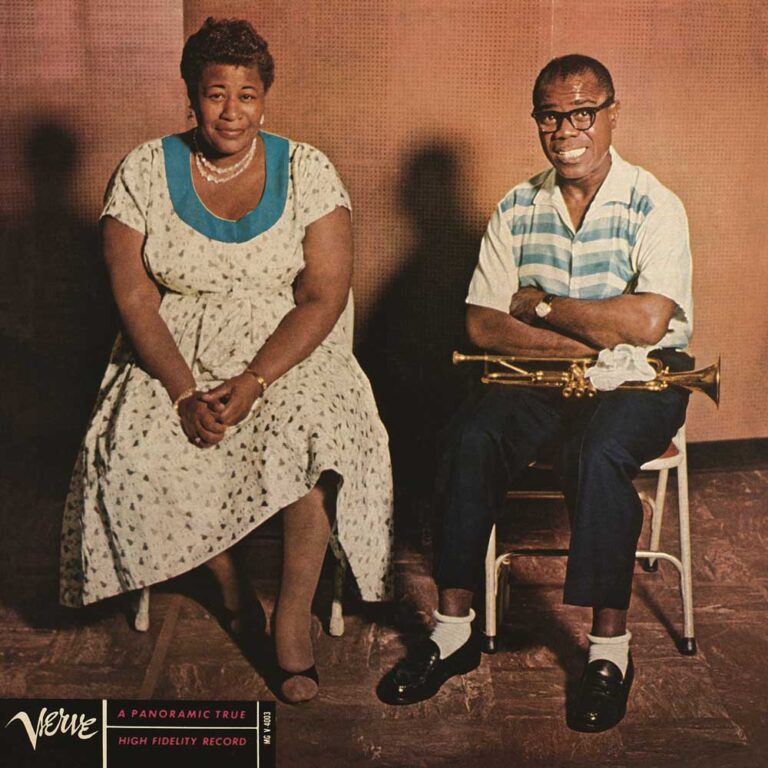
ELLA FITZGERALD & LOUIS ARMSTRONG Ella & Louis
Available to purchase from our US store.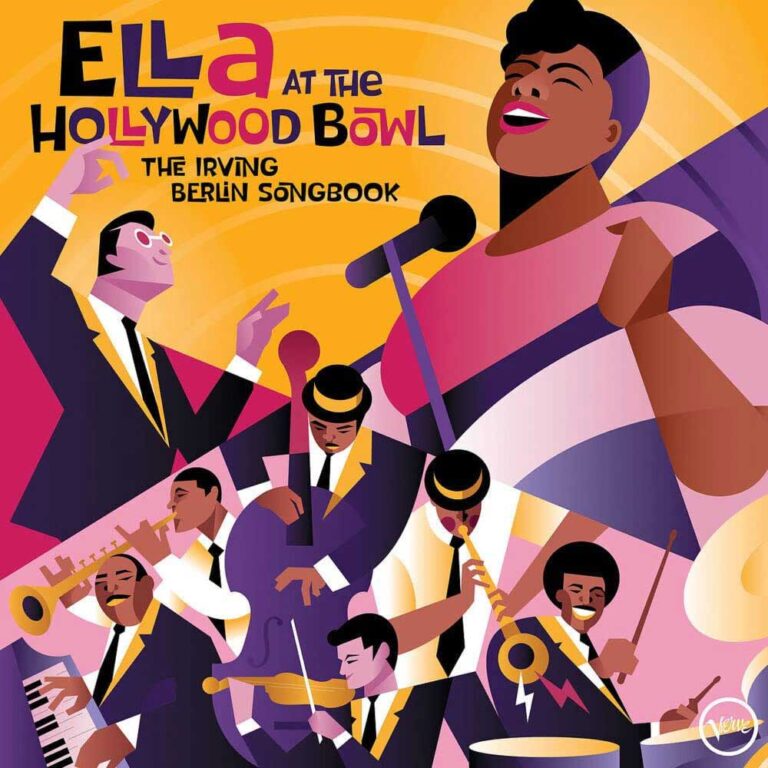
ELLA FITZGERALD Ella At The Hollywood Bowl: The Irving Berlin Songbook
Available to purchase from our US store.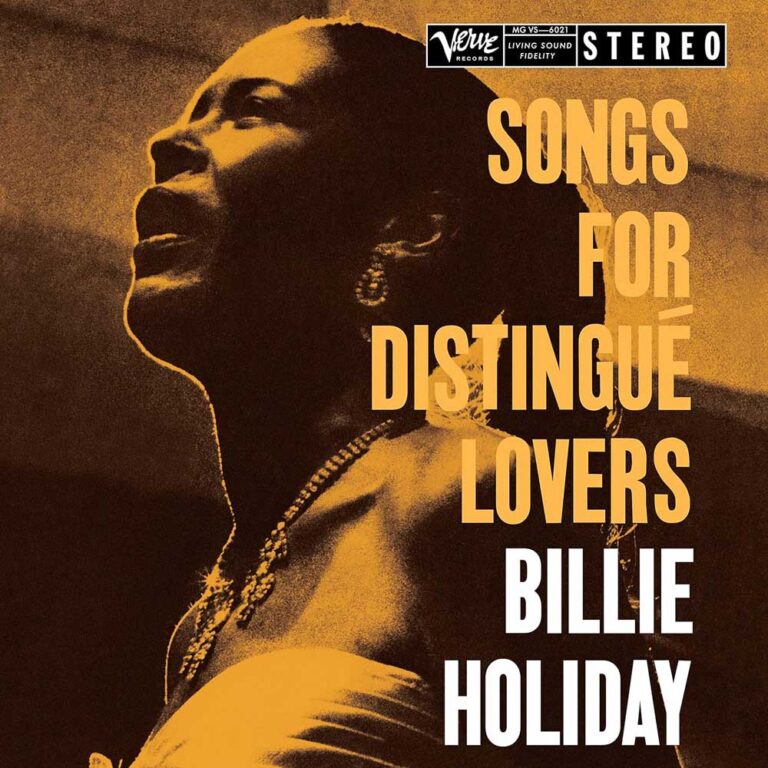
Billie Holiday Songs For Distingué Lovers (Acoustic Sounds)
Available to purchase from our US store.Granz spent his final years in Switzerland, surrounded by friends such as Pablo Picasso, whose art he collected. Hershorn visited him there. “I conducted my last interviews with him in Geneva about six months before he died in 2001,” he said. They spent countless hours together as Norman regaled him with reminiscences of bygone eras, events, and personalities.
As Hershorn writes in his biography’s epilogue: “He accomplished everything he set out to do. He presented good music, demonstrated that jazz could be a rewarding commercial venture, and enforced his code of personal integrity and social justice within his far-flung jazz kingdom. He was a lone wolf, capable of being unpredictably brutal or benevolent. These traits shaped how he presented music, as well as how he fought racism.”
Most importantly, Norman Granz played a pivotal role in shaping the very sound of American jazz. As he once said, “Give them a message for me: I just wanted it to swing.”
Tad Hershorn: Norman Granz – The Man Who Used Jazz for Justice (University of California Press, 2011) ISBN: 9780520267824
Jumoké Fashola is a journalist, broadcaster, and vocalist who currently presents a variety of arts and culture programmes on BBC Radio 3, BBC Radio 4, and BBC London.
Header image: Norman Granz, ca. May 1947. Photo: William P. Gottlieb / Library of Congress.
